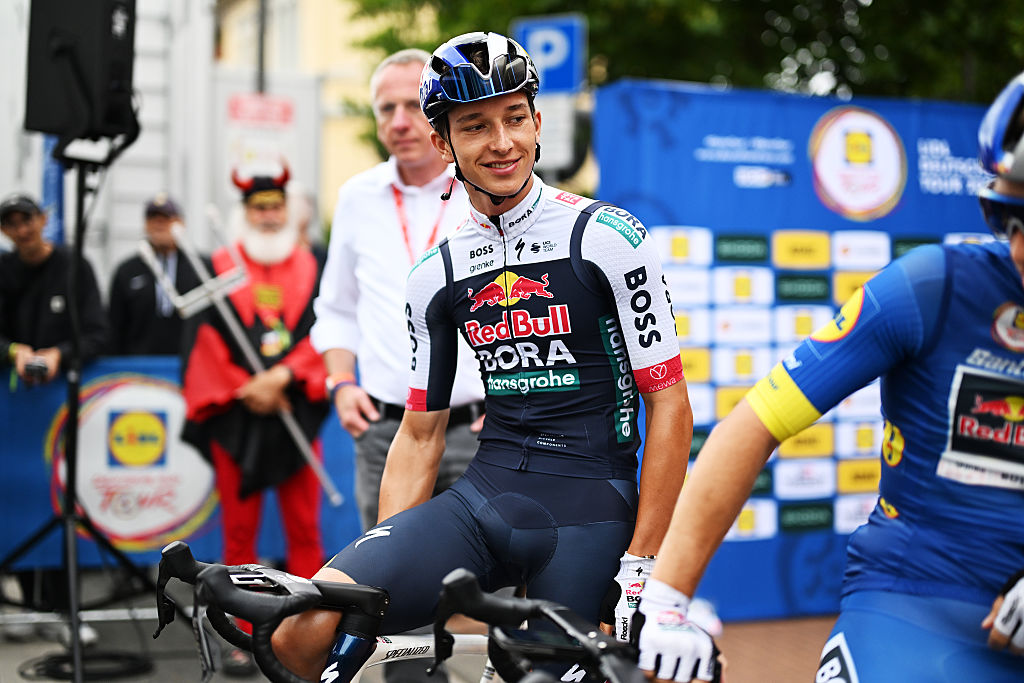Feature: Behind the scenes at the Olympic road races
LOCOG's Simon Lillistone reveals all about the logistics
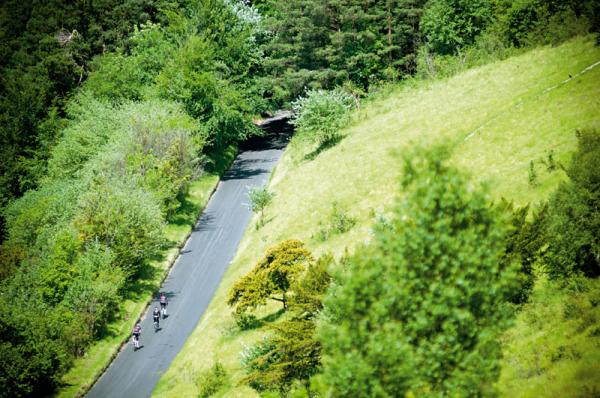
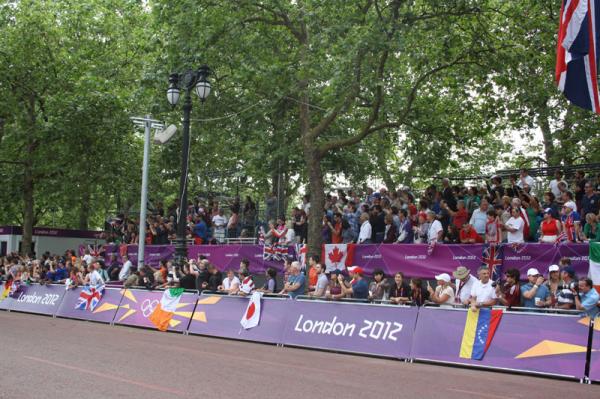
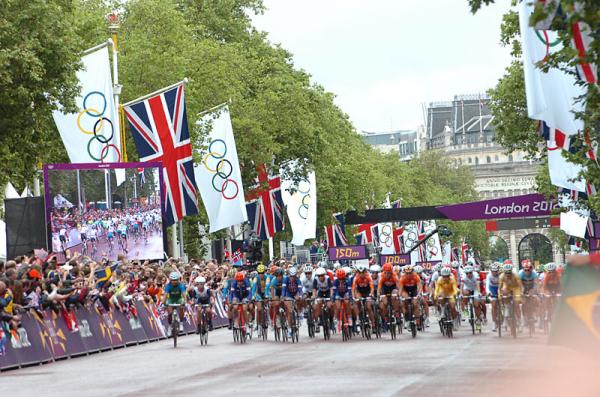
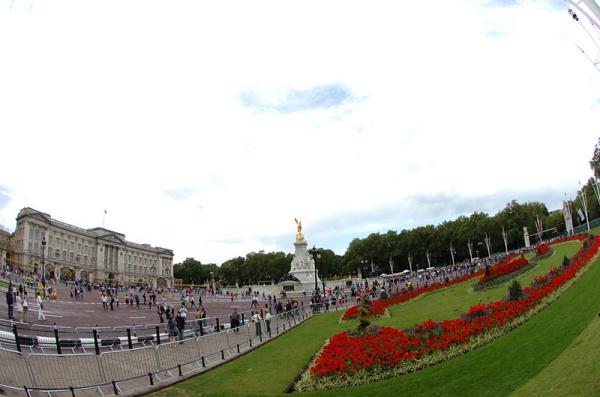
Few of the 2012 Olympic Games venues presented more logistical challenges than that of the men's and women's cycling road race events, but an army of volunteers, police and other employees under the direction of two-time Olympian Simon Lillistone, the Cycling Manager of the LOCOG (London Organising Committee of the Olympic and Paralympic Games), made sure that the athletes were able to compete on the brilliantly-devised course largely free of incident.
Considering the enormity of the task of controlling the largest "venue" of the Games, Lillistone dubbed the execution a great success. "I am very happy with the work that my team and lots of other teams have done to prepare the event.
"125 kilometers of the race happened outside the actual venue on The Mall, so it was a huge operation to plan and deliver that," Lillistone explained to Cyclingnews.
He employed literally thousands of workers and volunteers to pull off the most populated event in the Olympic Games. Although he did not have any specific number of how many fans came out to watch the men's or women's road races, every rider that Cyclingnews spoke to said they had never seen such huge crowds - not at the Tour de France or the world championships. "Amazing", "phenomenal" and "incredible" were the words on everyone's lips when asked about the number of spectators.
The volume was in part due to the fact that tickets were difficult to come by for many Olympic events, but there were 125 kilometers of open roads where fans could watch Olympic athletes in action without spending a dime.
Another aspect was the huge surge of popularity of cycling in Great Britain following the Tour de France win of Bradley Wiggins, and the exploits of Mark Cavendish and Team Sky. The chance for the country to win its first gold medal of the Games through riders like Cavendish and Elizabeth Armitstead, who gave Great Britain its first medal (silver), was highly publicized in the media ahead of the races as well.
A huge team of workers
The latest race content, interviews, features, reviews and expert buying guides, direct to your inbox!
Lillistone said that his team were prepared to handle every eventuality, no matter the size of the crowd, and gave a bit of insight into the workings of the technical team.
"There were 1,600 volunteers on my team, their role was to manage crossing points and to monitor the field of play along the route. We broke the course down into sectors, and we had a sector leader and a team leader for each of those areas. The team leader managed the volunteers and the sector leader was on a motorbike to move around and check barriers were in place. From three o'clock in the morning they were roaming up and down the course checking their areas.
"We had about 1,000 stewards who were looking after spectators. The crowds were very dense, and they made sure it was managed and kept safe. There were another 1,000 traffic marshals, making sure the road closures went in. It was on the order of 5 to 6,000 people working on the course."
Although some riders complained about the crowds pushing into the roads, and describing one incident where a spectator taking a photo caused a crash, Lillistone said he had not been aware of any such problem. Indeed, the same complaints were registered during the Tour de France, Tour of California and are fairly regular occurrences during most of the top cycling events.
"There's in inherent danger with bike racing. When you have a sport like cycling where spectators are so close to the athletes, and you have an inherent danger riding your bike down the road, and an additional danger riding next to barriers and spectators. We see crashes from time to time and we do everything we can to avoid that. We did a good job of managing the spectators and keeping them back as far as we could.
"There's always a risk with what these guys are doing. We know that risk, and as organisers we try to eliminate as many of those risks as possible. We obviously cannot control every one of those hundreds of thousands of spectators."
To manage the risk to the riders, Lillistone and his team employed a staggering 68 kilometers of metal barriers along the route. Sections of fencing had been dropped off along the roads days before the race.
How the course was protected depended on detailed risk assessments done in the years leading up to the Games.
"We prioritized which areas to protect with those barriers, we risk assessed what needed to be done. The decisions on how each area around the course was treated were all made according to relative risks of what could happen."
Once the plan was in place, it was time to execute it for two consecutive days. "There is no point in having plans if you can't deliver on them. We spent a lot of time working with our volunteers to make sure they're ready, just like every area of the Games does."
Weather proof plans
The violent rain storm that blew up during the women's road race caused the team to enact one of its contingency plans when gusts of wind blew over barriers because of the sponsor branding banners that were attached to them acted like sails. Teams very quickly worked to remove the signs and replace the barriers according to plan because the safety of the riders was more important than a few sections of branding.
"When we had the test event 12 months ago. I learned a lot from that about how do we get this all to happen in such a short period of time. We planned many different scenarios with every stakeholder involved to be able to respond to anything that came at us. The barriers were a good example - we very quickly reinstalled the barriers in the correct position, and prioritized the need for safety rather than the branding on there.
"We also had some flooding issues yesterday, if they were more significant than they were, we would have had pumping trucks there quickly to remove the water. We covered all bases. It was all about the athletes and their safety, but also about how do you turn 125 kilometers of very busy public roads into an Olympic course."
His team also worked closely with Transport for London (TFL) in order to manage how to best direct fans to the course using public transportation. "They had a lot of data across London about what to expect, what demand was likely to be for spectators, where they were traveling from, which Tube [London Underground] stations might be busy, how that would be managed. It became such a complex project to get all that data, but it was critical data in terms of planning things out."
Bright pink signs direct spectators to the Olympic venues all over London - on the roads, in the Underground and National Rail systems, in the Olympic Park and all external venues. Logos and venue names for the external venues such as the road race's were clearly marked on all of the public transportation systems - going so far as to lead the spectators through the sinuous London Underground exits and entries.
The ease with which people can find their way to the Olympic events is something that Lilliston said is unique to London.
"This is more than a LOCOG event, this is Britain's event, this is London's event. Every partner, every stakeholder, every agency that's involved is going that extra mile to make it as good as it can be. Whether someone is from California or the UK or any other country, coming over they have an easy, visual way of getting from one place to another. I think that is what is going to separate these Games from any other."

Laura Weislo has been with Cyclingnews since 2006 after making a switch from a career in science. As Managing Editor, she coordinates coverage for North American events and global news. As former elite-level road racer who dabbled in cyclo-cross and track, Laura has a passion for all three disciplines. When not working she likes to go camping and explore lesser traveled roads, paths and gravel tracks. Laura specialises in covering doping, anti-doping, UCI governance and performing data analysis.
